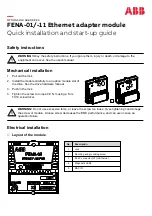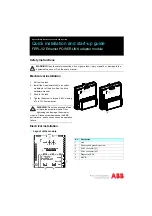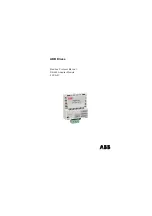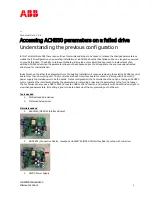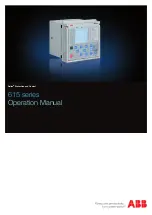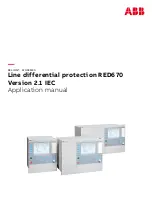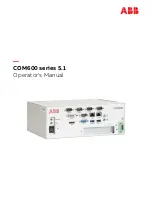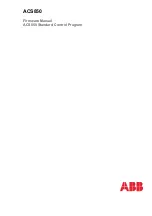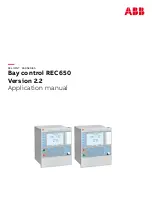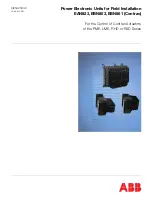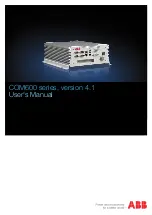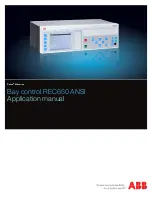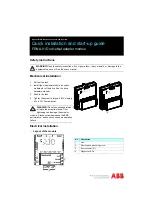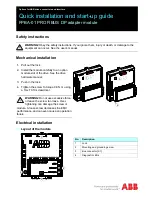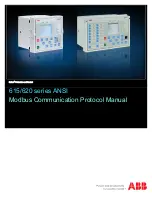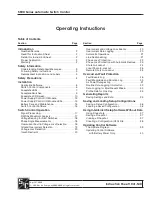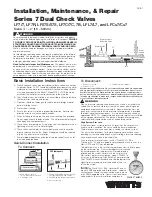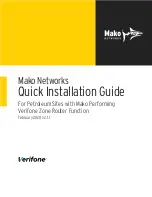
3
C a u t i o n :
Do not over-tighten the wing nut as this may dam-
age the relief valve disc.
K. Remove maintenance tool (15). Loosen wing nut while
restraining rod from turning, allowing springs to completely
decompress. When wing nut spins loosely, threaded rod can
be unscrewed from device permitting removal of 1st check
valve assembly.
L. After replacing parts of the check valve assembly, reverse
procedure to reassemble parts taking note of the "Caution"
regarding over-tightening of the wing nut. Tighten the wing
nut only until maintenance tool (15) can just be inserted to
the mark on the handle of the tool.
M. Insert maintenance tool (15), photo (D). Loosen with nut and
remove assembly tool (13) from device.
Dismantling of Second Check Valve:
N. Depress valve stem of second check valve assembly (12)
and hold in an open position. Collect any water spillage.
O. Reach in through the door and wipe both seat and disc of
the second check assembly while depressing (holding). Allow
valve to close.
C a u t i o n :
Keep fingers clear of closing.
P. If second check valve is damaged or deteriorated, remove
six bolts from the flange of the second check valve module
and remove the module.
Q. After disassembly and cleaning, reassemble the check valve
module in the position shown in photo (B).
R. Inspect access door O-ring seal to be sure it is in its proper
position and close the door. Reassemble with eight hexago-
nal bolts.
S. Close all petcocks and open gate valves.
T. Remove maintenance tool (15) after restoring water pressure,
photo (E).
Opening of access door when maintenance
tool cannot be fully inserted into vent port
because relief valve is open:
U. Insert T bolt (5) into cavity of outlet casting (14) and through
the ear of relief valve casting.(7).
V. Tighten wing nut hand tight.
W. Remove eight hexagonal hatch bolts.
There is now a spring
load transmitted to the T bolt assembly (5) from the first
check spring.
X. Slowly back off the wing nut allowing the door to open to
the point where the first check an relief valve springs have
decompressed enough so the door can be freely opened
and the T bolt assembly (5) can be removed.
C
D
F
E
RP-L900.indd 3
9/24/08 8:15:38 AM





